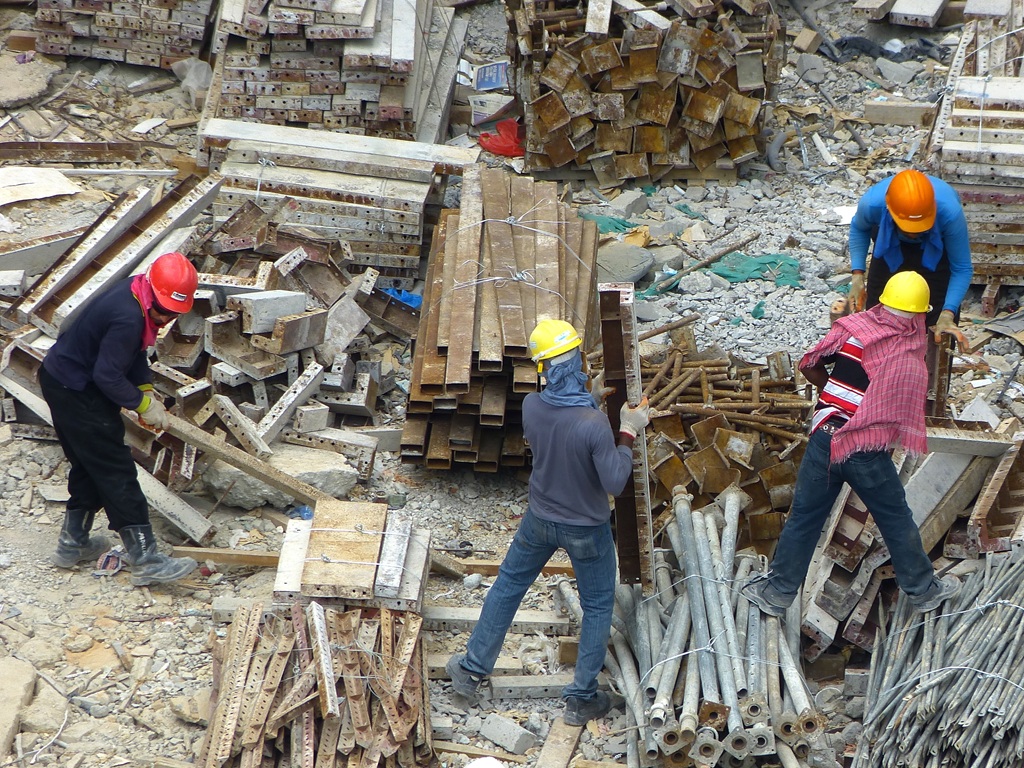Mega construction projects, with their towering ambitions and complex webs of activity, are marvels of engineering prowess. But these ambitious undertakings come with a significant responsibility: ensuring the health and safety of the workforce that brings these visions to life. The sheer scale of these projects presents unique challenges that demand rigorous planning, constant vigilance, and a culture that prioritizes safety above all else.
The Scale of the Challenge
Imagine a construction site sprawling across hundreds of acres, with thousands of workers operating heavy machinery, working at dizzying heights, and handling hazardous materials. This is the reality of mega construction projects, where the scale amplifies traditional construction risks. Factors contributing to these heightened challenges include:
Complex logistics: Coordinating numerous contractors, subcontractors, and suppliers requires meticulous planning and communication to avoid accidents caused by conflicting activities or misunderstandings.
Diverse workforce: Mega projects often draw workers from diverse backgrounds, potentially leading to communication barriers and varying levels of safety awareness.
Tight deadlines and budgetary pressures: The immense pressure to deliver projects on time and within budget can sometimes lead to shortcuts being taken, compromising safety protocols.
Challenging environments: Many mega projects are located in remote or harsh environments, posing additional risks such as extreme weather, difficult terrain, and limited access to emergency services.
Key Health and Safety Concerns
Falls from height: Working at elevation is a constant in mega construction, and falls remain a leading cause of fatalities. Scaffolding collapses, faulty safety harnesses, and inadequate edge protection all contribute to this risk.
Struck-by incidents: With heavy machinery and materials constantly in motion, workers are at risk of being struck by moving vehicles, falling objects, or swinging loads.
Caught-in or -between incidents: Workers can become trapped in confined spaces, caught between moving machinery parts, or crushed by collapsing structures.
Electrical hazards: Exposed wiring, faulty equipment, and contact with overhead power lines pose significant electrocution risks.
Health hazards: Exposure to dust, fumes, noise, and vibration can lead to long-term health problems, including respiratory illnesses, hearing loss, and musculoskeletal disorders.
Mitigating the Risks
Successfully managing health and safety in mega construction projects requires a multi-faceted approach:
Robust safety management systems: Implementing comprehensive safety plans, conducting thorough risk assessments, and establishing clear lines of responsibility are crucial.
Technological advancements: Utilizing technology such as drones for site inspections, wearable sensors to monitor worker fatigue, and virtual reality for safety training can significantly enhance safety measures.
Continuous training and education: Regular safety training programs tailored to the specific project and workforce are essential to ensure everyone understands the risks and follows safety protocols.
Promoting a safety culture: Fostering a culture where safety is prioritized by everyone, from top management to frontline workers, is paramount. This includes encouraging open communication, reporting near misses, and recognizing safe work practices.
Looking Ahead
As technology advances and construction techniques evolve, new challenges and opportunities will emerge in mega construction projects. By embracing innovation, prioritizing safety leadership, and fostering a culture of continuous improvement, we can strive towards creating safer and healthier working environments on these ambitious endeavors.

